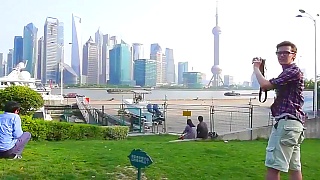LuZhi, also known as PuLi 甫里, lies about 15km east of SuZhou.
A town with scenery similar to ZhouZhuang, though smaller and quieter, with many varied ancient bridges and other attractions.
[640],shadow=true,start=95,stop=

Live more ...
 LuZhi 甪直 water town, JiangSu province
LuZhi 甪直 water town, JiangSu provinceLuZhi, also known as PuLi 甫里, lies about 15km east of SuZhou.
A town with scenery similar to ZhouZhuang, though smaller and quieter, with many varied ancient bridges and other attractions.


|
In SiChuan province ...
|

|
With TimGloAdventures ...
|

|
Savvy Sonia in SanYa ...
|

|
A Flickr meet-up ...
|

|

|

|
A beautiful port city in southeast China's FuJian province ...
|